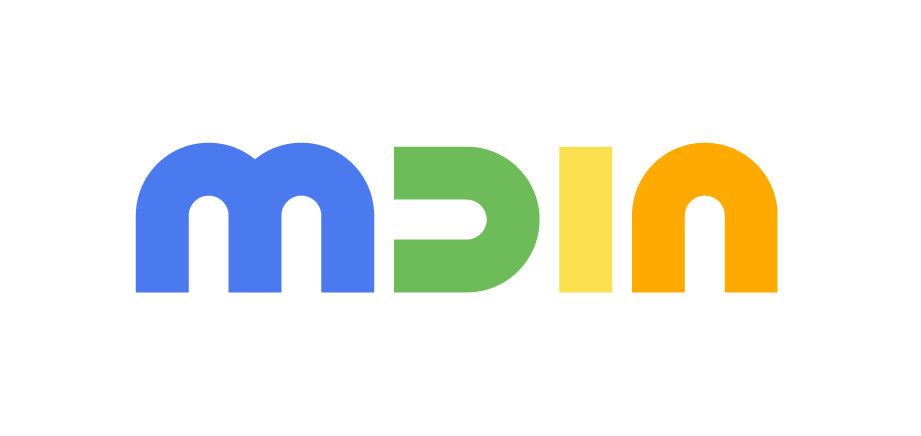Redefining Public Innovation
Government was not designed to innovate on its own. The bureaucratic checks and balances to protect public trust and promote accountability tend to create structures that are rigid and risk-averse. The pace of government is not attuned to the pace of innovation, so it's no surprise that “public innovation” is often considered an oxymoron.
MDIA works relentlessly to help local government partners become catalysts for commercializing technology that improves quality of life for residents. Through each Public Innovation Challenge iteration, our team gleans unique and practitioner-level insight into the pitfalls and obstacles that routinely upend public innovation efforts as well as the not-so-clear indicators of the most innovation-ready government teams.
Adding Capacity, Fueling Possibility
Most, if not all, departments within government are often stretched thin. They manage complex responsibilities, often with limited staff and tight budgets, leaving little time to engage with and vet emerging technologies, even if those technologies could solve critical issues more efficiently and effectively. They also aren’t always incentivized to experiment beyond established processes and are hesitant to even try new technologies. The result? Innovation becomes an extra burden rather than an opportunity.
For these departments, MDIA operates as an external innovation team to provide the necessary additional capacity to identify, evaluate, and vet potential solutions to the challenges aim to solve.
We're all used to doing our jobs on a day-to-day basis. We're just trying to get through the day. We have our tasks, we have our role, and MDIA brings additional capacity and energy to that work
~ Chris Hudtwalcker, Director of Innovation, PortMiami
Define the Problem, Not the Product
Traditional RFPs often come pre-loaded with rigid scopes that reflect internal assumptions—not community needs. They request a product instead of inviting a solution. This limits creativity, excludes newer entrants, and locks governments into outdated technologies.
MDIA’s approach reverses this dynamic. We work with departments to co-define the problem, creating space for startups to propose novel approaches we may not have imagined. This shift has proven to yield better solutions—and often, better outcomes.
MDIA is a unique organization. It is not a consultant, and it is not an organization that governments typically work with because it works with government to understand government's problems from the inception and then validates what solutions can be had with third party partners.
~ Francesca de Quesada Covey, Chief Innovation and Economic Development Officer
Try before you buy
Piloting technologies helps government departments gauge whether a solution or technology is practical, viable, and scalable rather than investing hundreds of thousands of dollars (if not millions) on solutions and systems that end up not meeting the needs of the department or the public.
But departments face a multitude of challenges when even piloting technologies: regulatory and policy barriers, bureaucratic processes and complex stakeholder maps for approvals, and a lack of the technical infrastructure needed to demonstrate the full scope of capabilities. And startups often find themselves navigating these complex and often confusing processes alone and without clear guidance.
MDIA supports municipal departments with creating the infrastructure and demonstration environments needed to ensure pilot success, align public sector and private innovator goals, and provide guidance and technical assistance to all stakeholders.
Some of the barriers in the ability to be innovative in local government unfortunately are some of the policies and standards and procedures that we have in place. These particular processes and procedures sometimes create choke points for our ability to move forward
~ Aneisha Daniel, Director, Department of Solid Waste Management
A new model for Innovation-Readiness
Public innovation efforts often fail to launch when organizers overlook important prerequisites, including, as we have learned through our work, the need to carefully define the criteria for evaluating a potential pilot host before embarking upon an open innovation challenge.
MDIA has created a five-part framework for assessing the innovation readiness of public entities that includes:
Host Capacity
Does the Host have the team & incentives to engage with innovators?
Pilot Viability
Is pilot execution feasible?
Innovation Track Record
Is there a history of innovative activities?
Culture of Innovation
Does the Host have the mindset, systems and behaviors of an innovative culture?
Impact & Economics
Is there a clear impact and value of testing innovative solutions?






